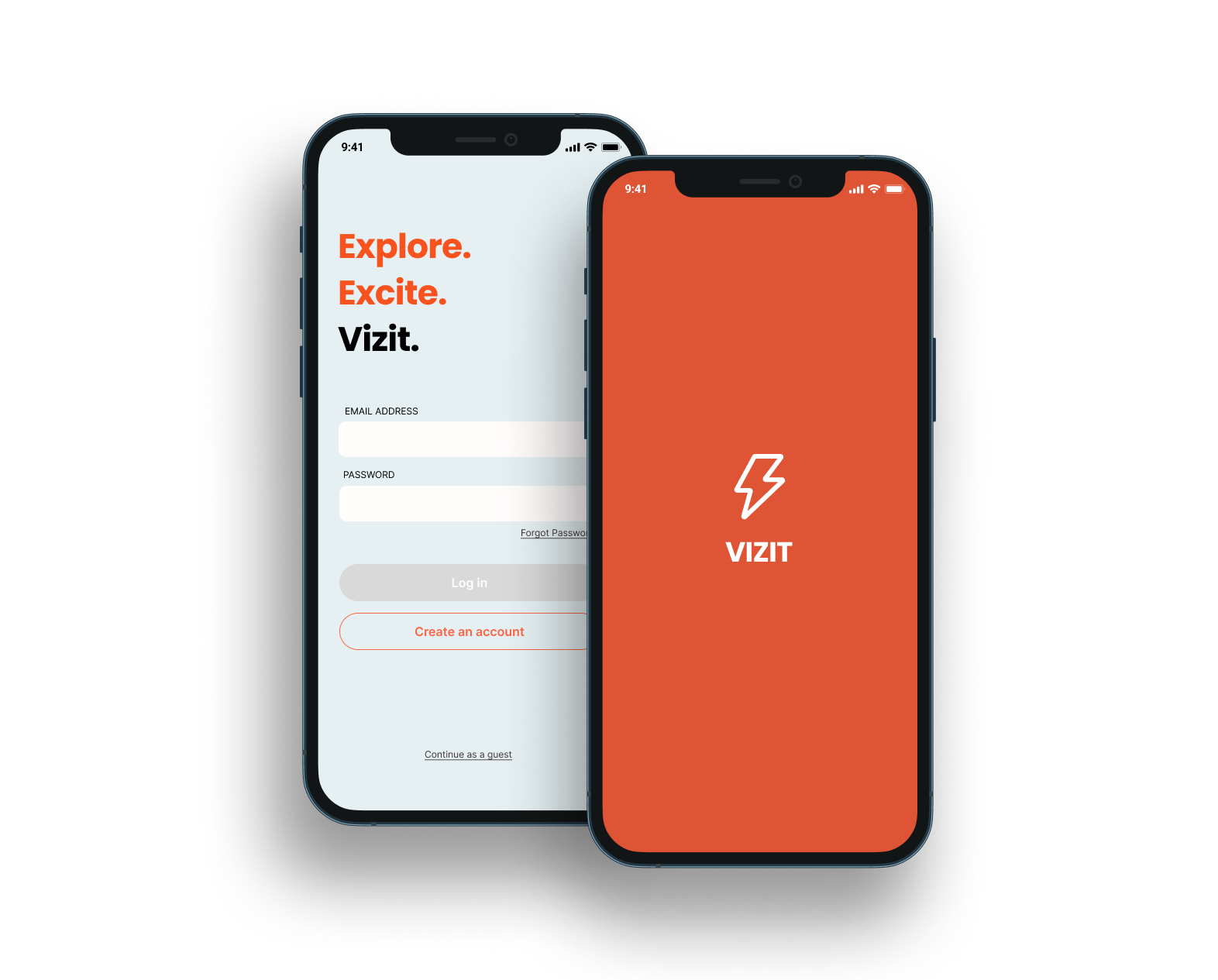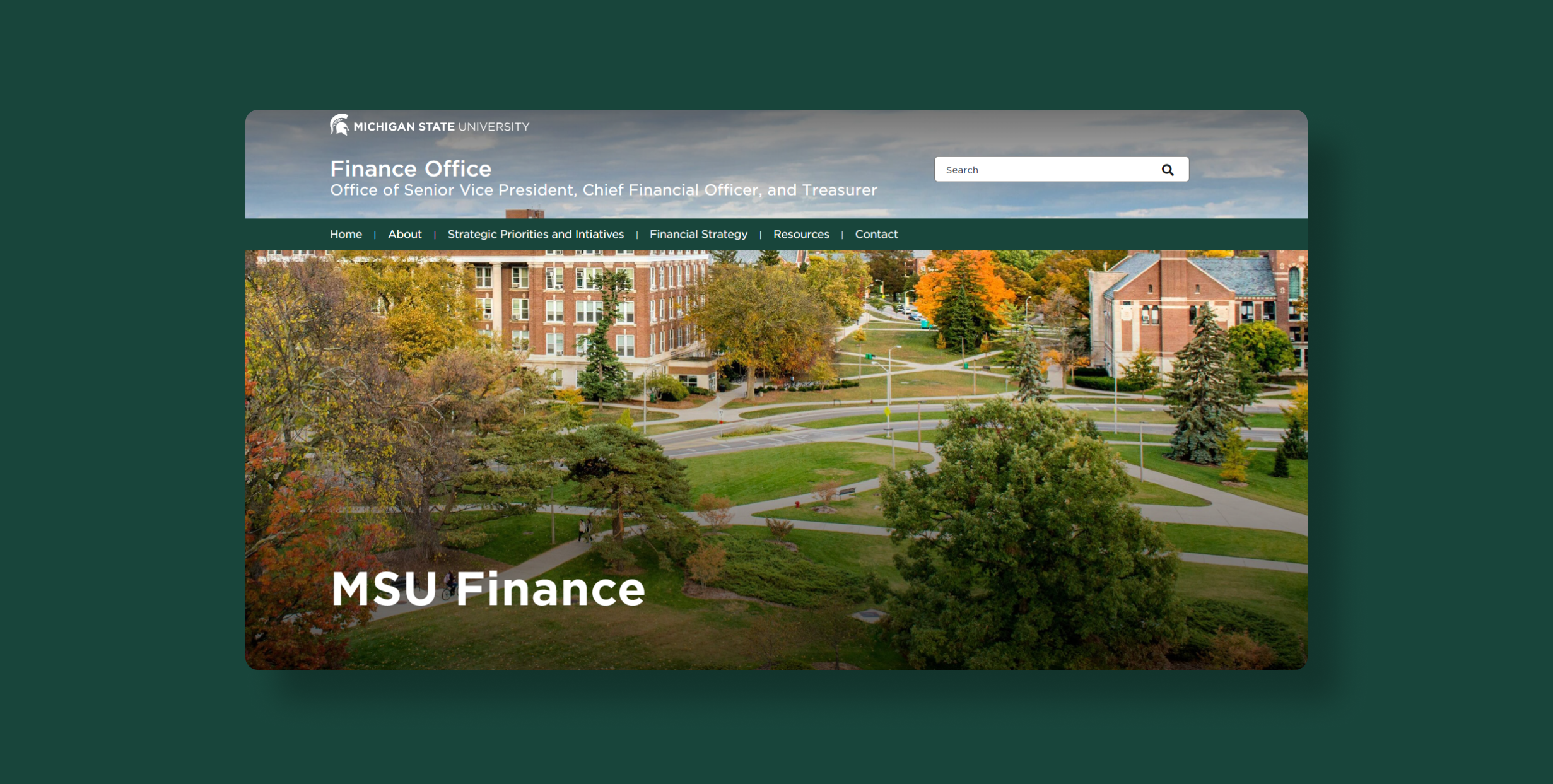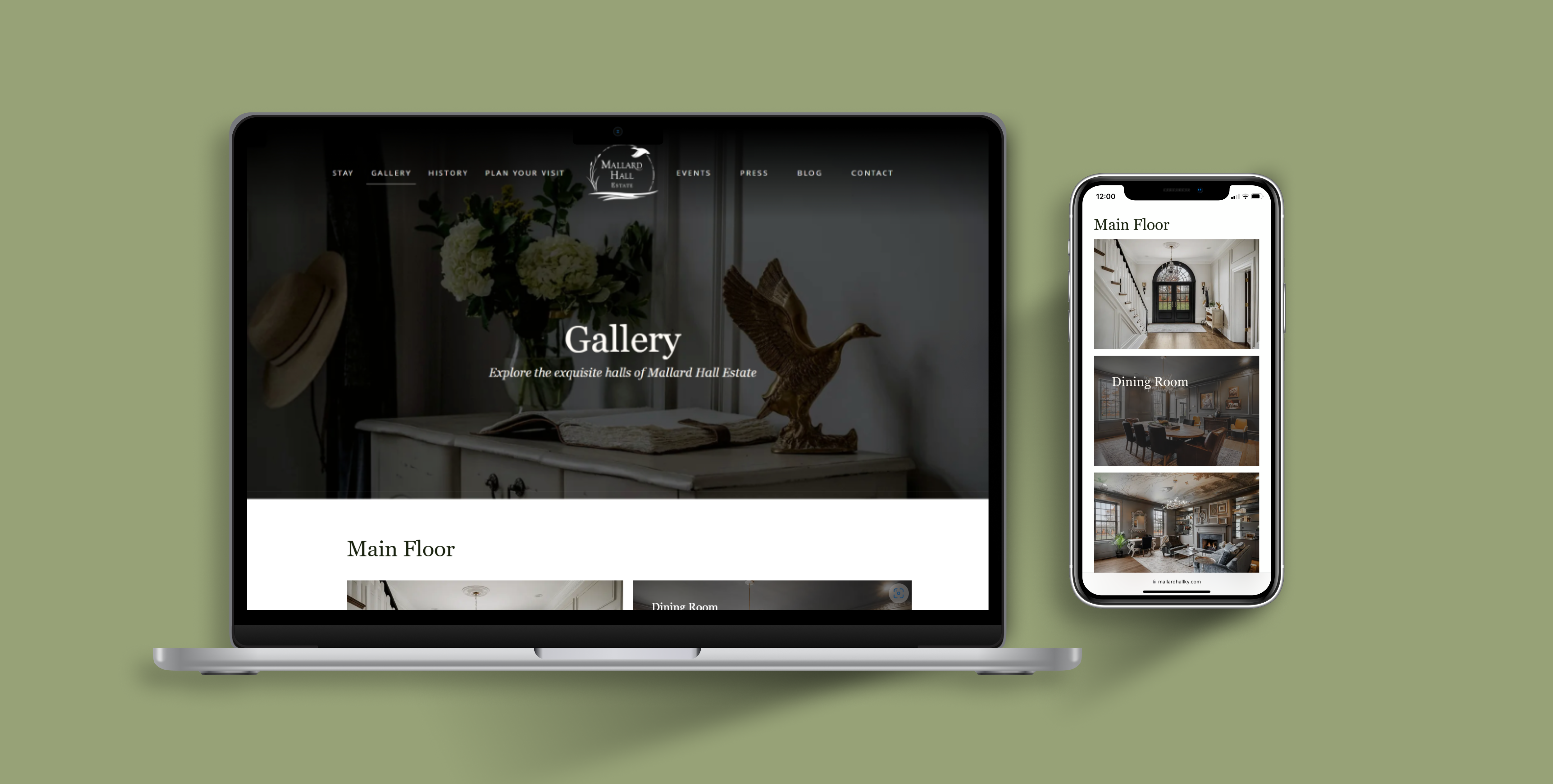The Challenge
How might we concept an app with the user end goal of sparking unexpected joy?
Working in a team of four, this project was made during Wellesley college's annual designathon challenge. With 40 hours to design a prototype of a mobile app intended to "spark joy through spontaneity", our design process, including research, ideating, developing our problem statements, wireframing, designing, prototyping, was fast tracked.
Judging Criteria
Results
🏆 3rd Place Overall
chosen from 11 teams across the nation
💪 Strong Concept
with business and user goals in mind
🤸♂️ Agile Workflow
with team members in different time-zones and with different strong suits.
Research
Getting started with ideation, we brainstormed a list of potential avenues for the prompt.
This initial brainstorm narrowed down the scope of our research:
- ☐ Grocery list generator
- ☑ Itinerary randomizer for solo travelers
- ☐ Mindfulness activities generator
Our research plan began with little direction, as there were no preliminary findings to guide us.
After conducting loosely structured research, we would then be able to specify our problem space and begin designing solutions.
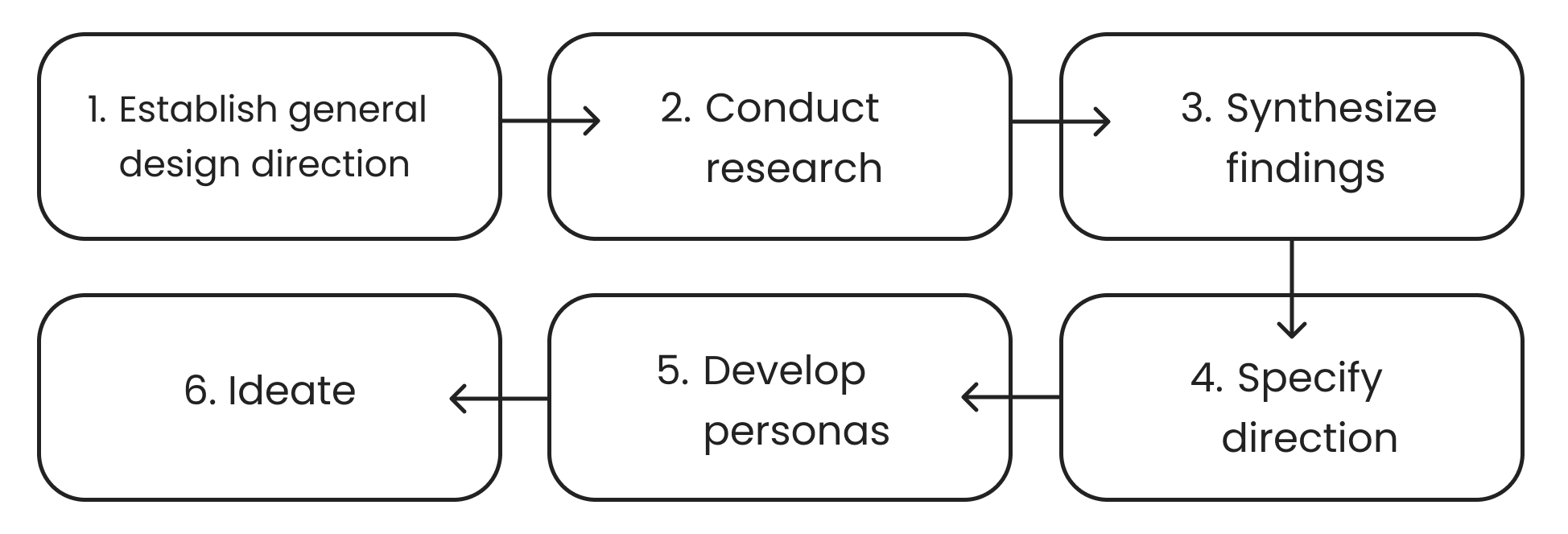
Research | Interviews
(Broad) User Profile
Occupation:
any
Age:
ideally 20-30
Location:
United States
Structure
- Informal
- Relatively unstructured
- Qualitative
- 10 questions (demographics, decision making, solo travel)
Objectives
- ☑ Gage current behaviors (do they travel solo?)
- ☑ Reveal outlook on solo outings
- ☑ Understand current frustrations
- ☑ Discover interest in spontaneity
Findings | Interviews
Solo Travel
- Many people are uncomfortable going out alone, so they avoid doing it
- Common solo activities include eating out, cafes, errands, shopping, browsing
- Few are comfortable traveling solo, but those who are really enjoy the independence it gives them
Spontaneity
- On average, interviewees reported medium level of spontaneity
- High spontaneity did not always align with comfortability traveling solo
- Feelings in the moment play a big factor in spontaneous behavior
Factors
- Safety
- Location/distance of places
- Lack of stimulation (need other people)
- Price of activities
Supplementary Research Findings
Common Pain Points
Possible Solutions
How can we apply our solution to a more local scale?
How might we help people become comfortable in their solo activities?
Creating Personas
Our research highlighted two main groups of thought that we developed into user personas.
"The Newcomer"
A hesitant new city resident in need of assistance to explore her new home on her own.
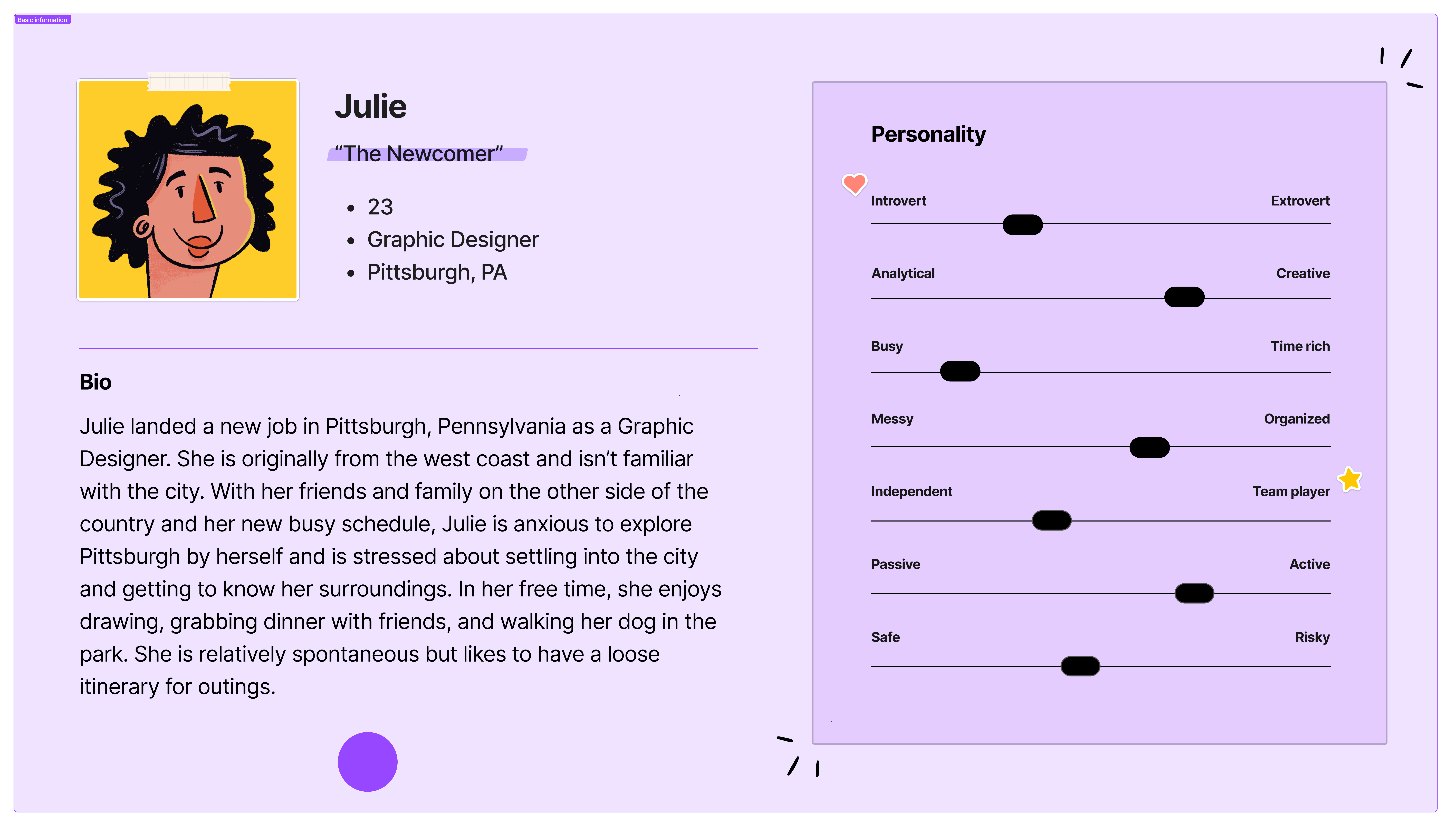
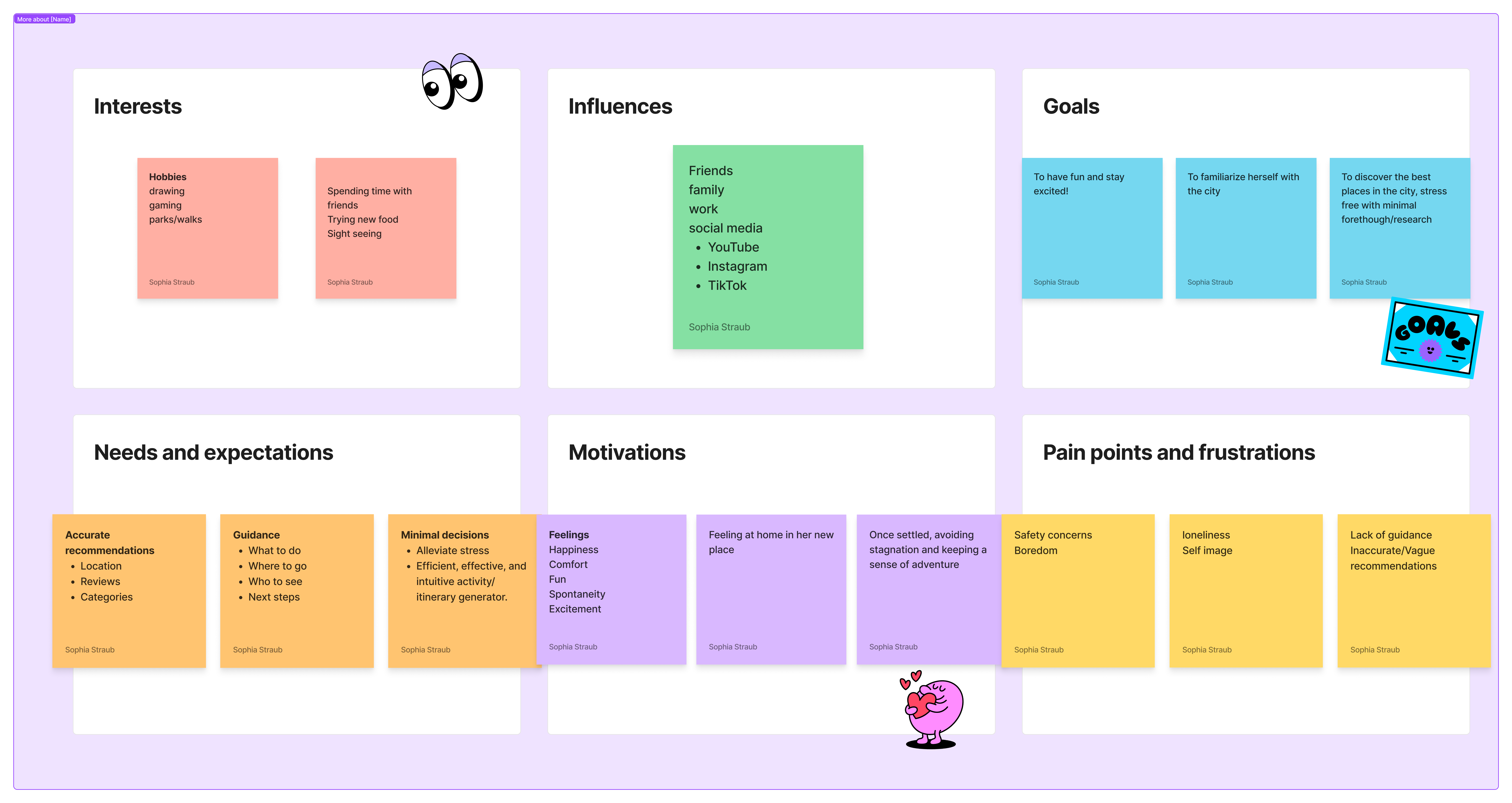
"The Explorer"
A stagnant local stuck in her usual routine looking to find excitement and discover new things about her town.
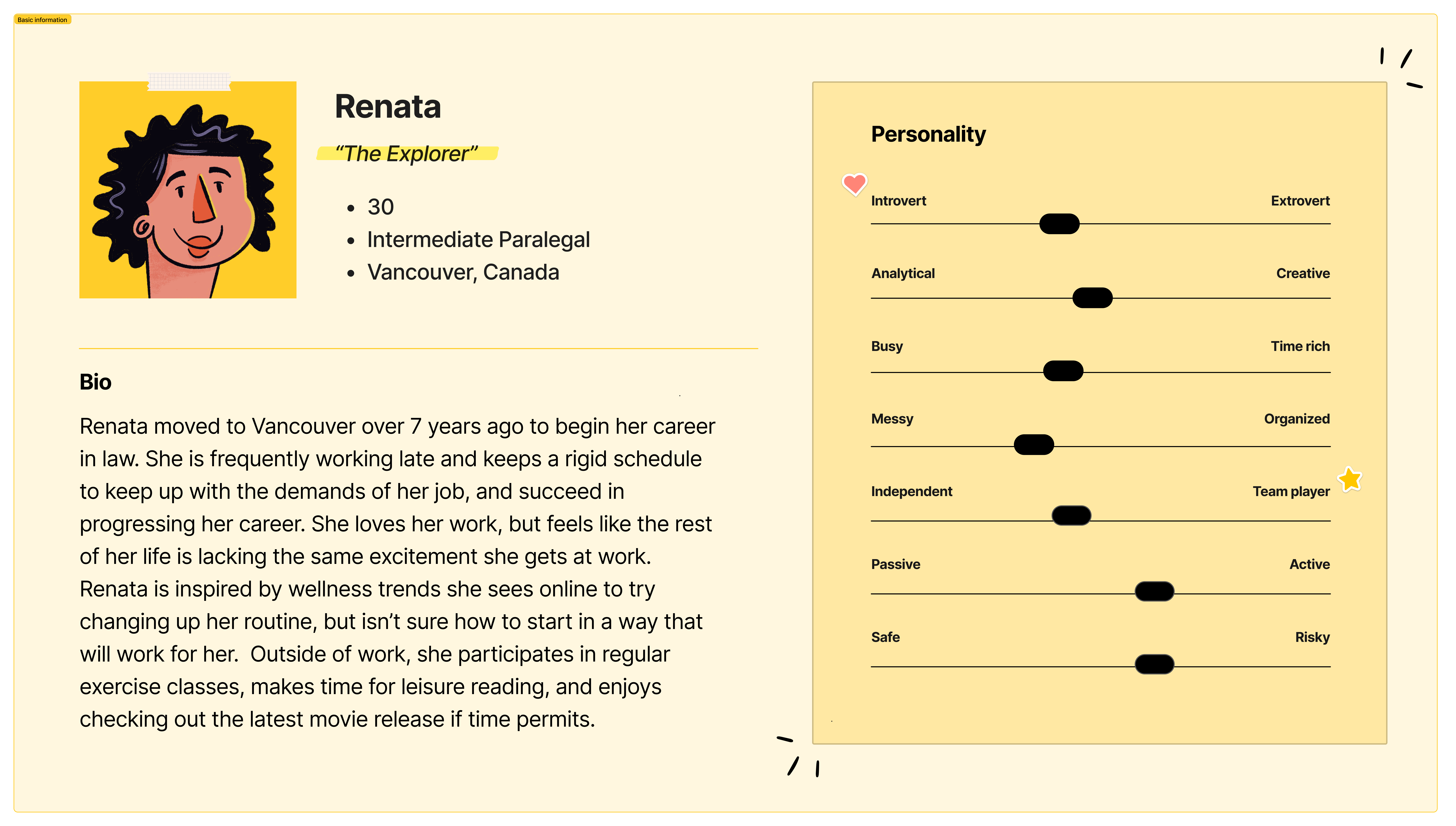
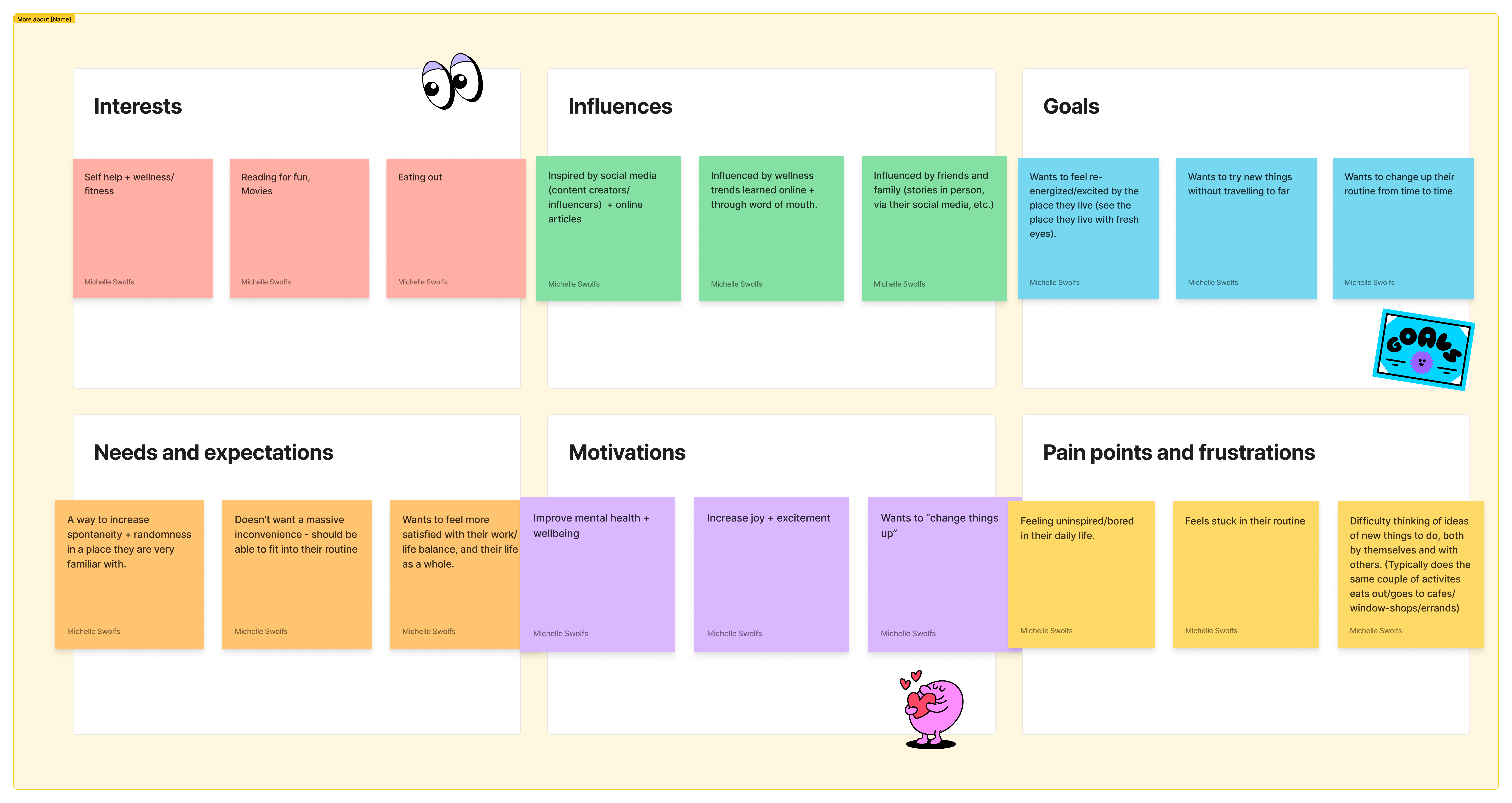
Our Final HMW Statement
How might we create excitement in familiar and unfamiliar cities alike in order to inspire an adventurous perspective for its residents?
Designing
After wrapping up our research, it was time to craft our solution accordingly.
We would begin by sketching out and narrowing down our ideas. Once settled on the ones that best address our problem, we would flesh them out by creating an IA diagram of the main pages and content. After that, the wireframing and prototyping could begin.
Sketches

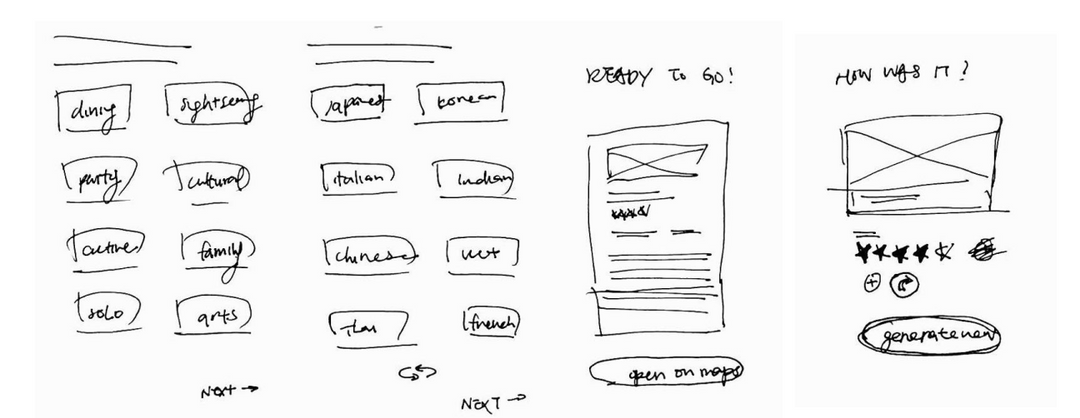
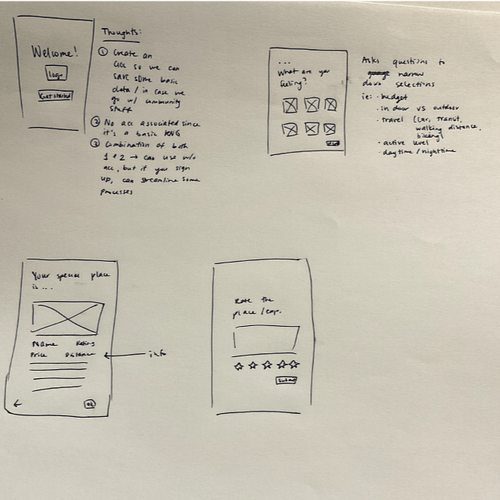
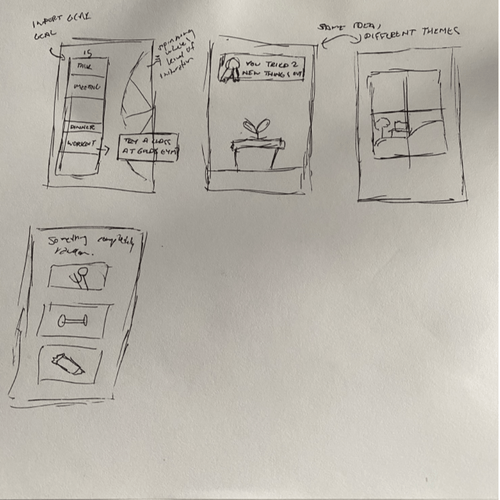
Things we liked from our sketches:
Quiz/assessment feature
→ to narrow down recommendations
Review of the visit prompt
→ to create a feedback loop
Gamification elements
→ to make it engaging
Information Architecture
We devised an IA with the goal of streamlining the experience and emphasizing spontaneity and lack of choice.
From the homepage, the user is lead through an assessment that results in a randomly generated suggestion, concisely presented and already connected to maps.
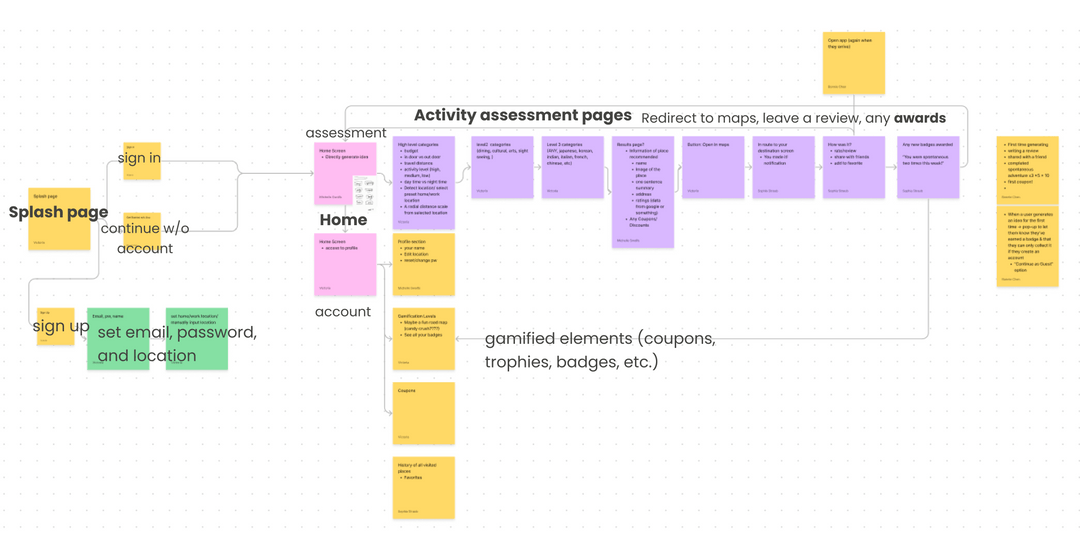
A small design system helped us achieve consistency and visual harmony among our wireframes once we built them out.
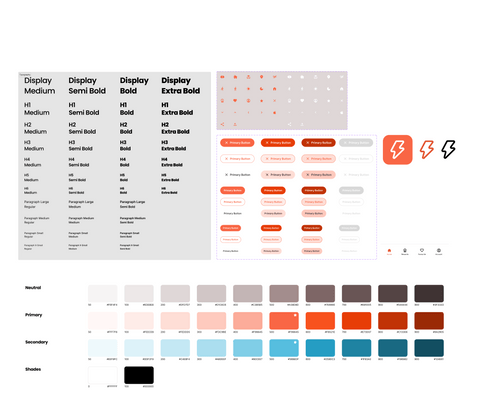
We went with bright, clean, contrasting colors to convey positivity and excitement, along with sans serif fonts for added clarity and simplicity.
Without Further Ado ...

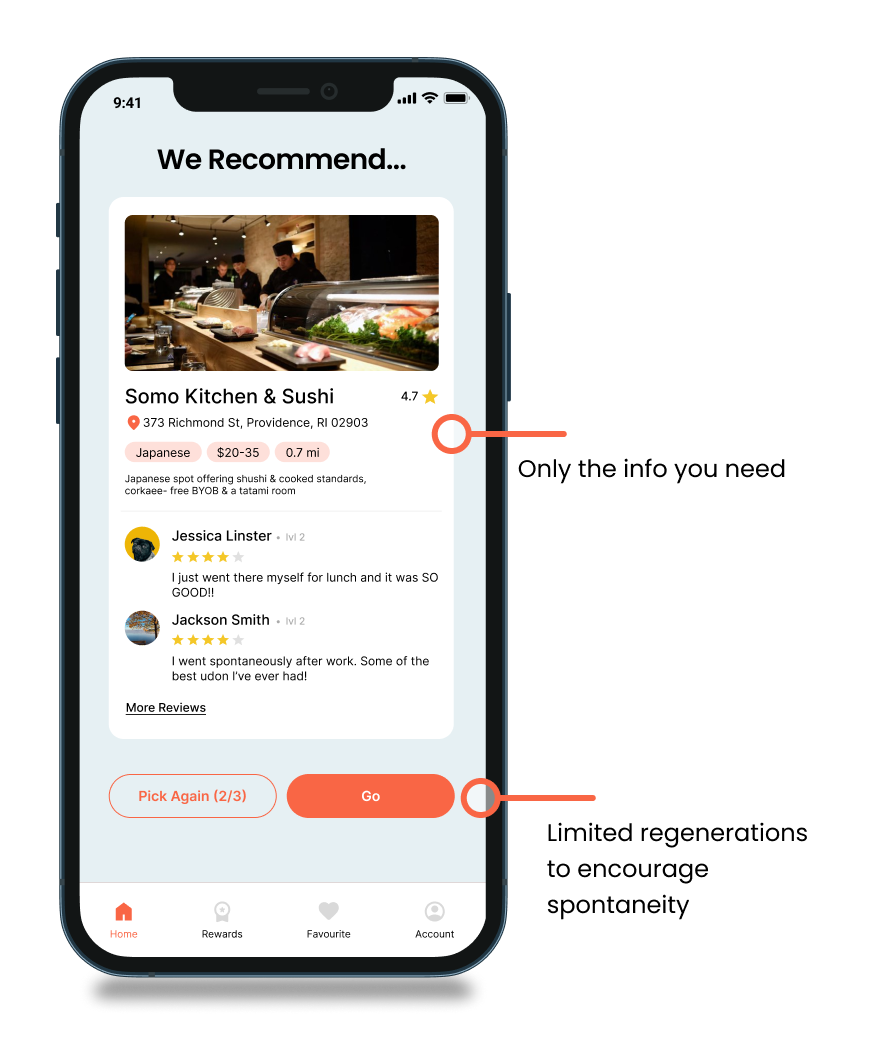
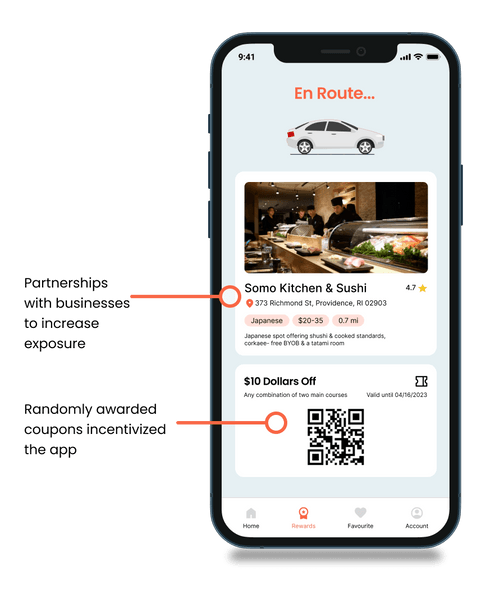
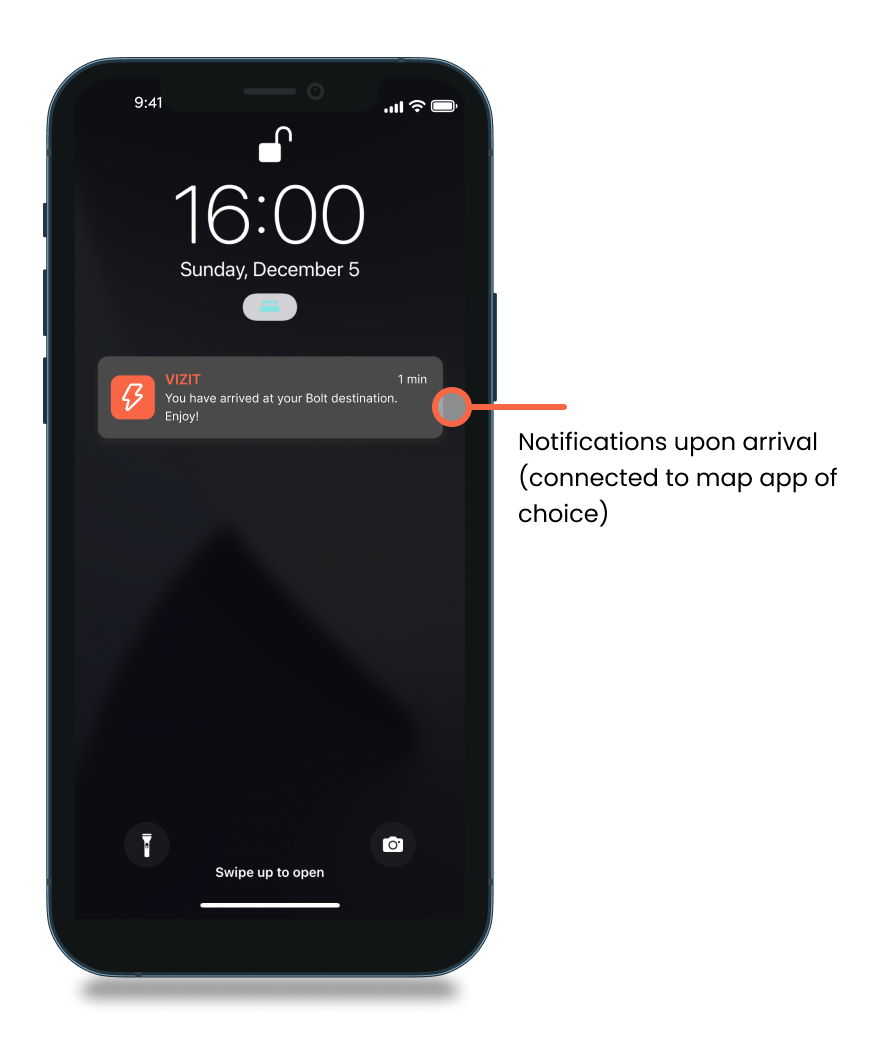
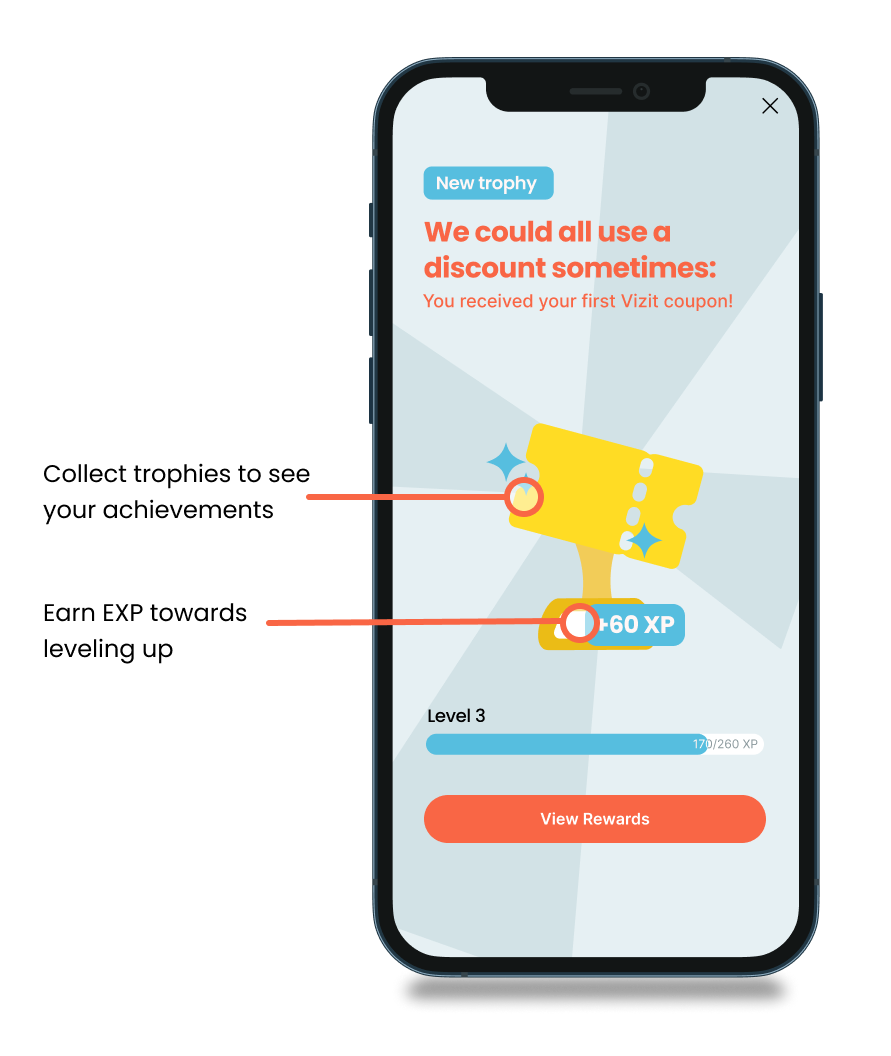
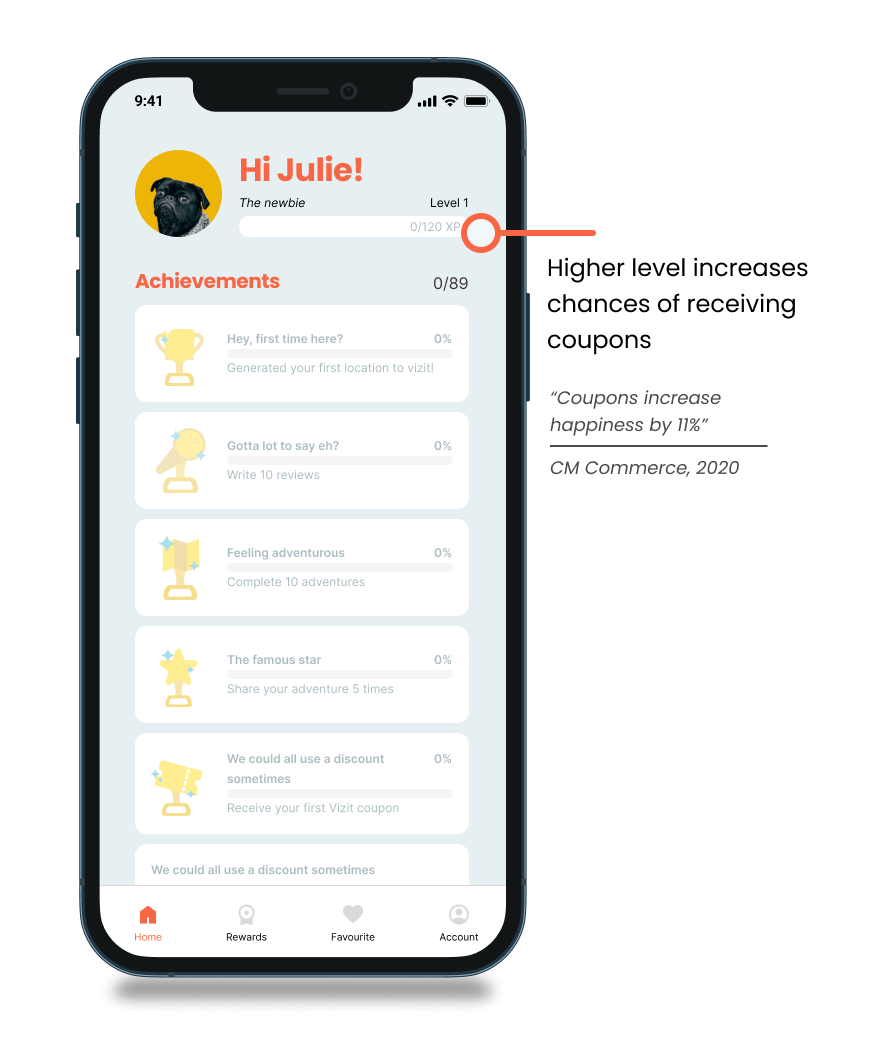
Submission Video
Takeaways
This was my first designation, and I learned a lot from working with my peers! Most notably, I discovered a lot about time management within a team, as we were split into two different time zones. Also, I discovered that a user base will not always be homogeneous - in fact, it almost always isn't.
Other takeaways:
- Consider how to integrate business and user needs (e.g. users get discounts, businesses get exposure).
- Gamification can be a handy tool for increasing engagement.
- 40 hours is not enough time to create an optimal solution; I wish we had time for testing! This challenge demonstrated how iteration in design is crucial.
